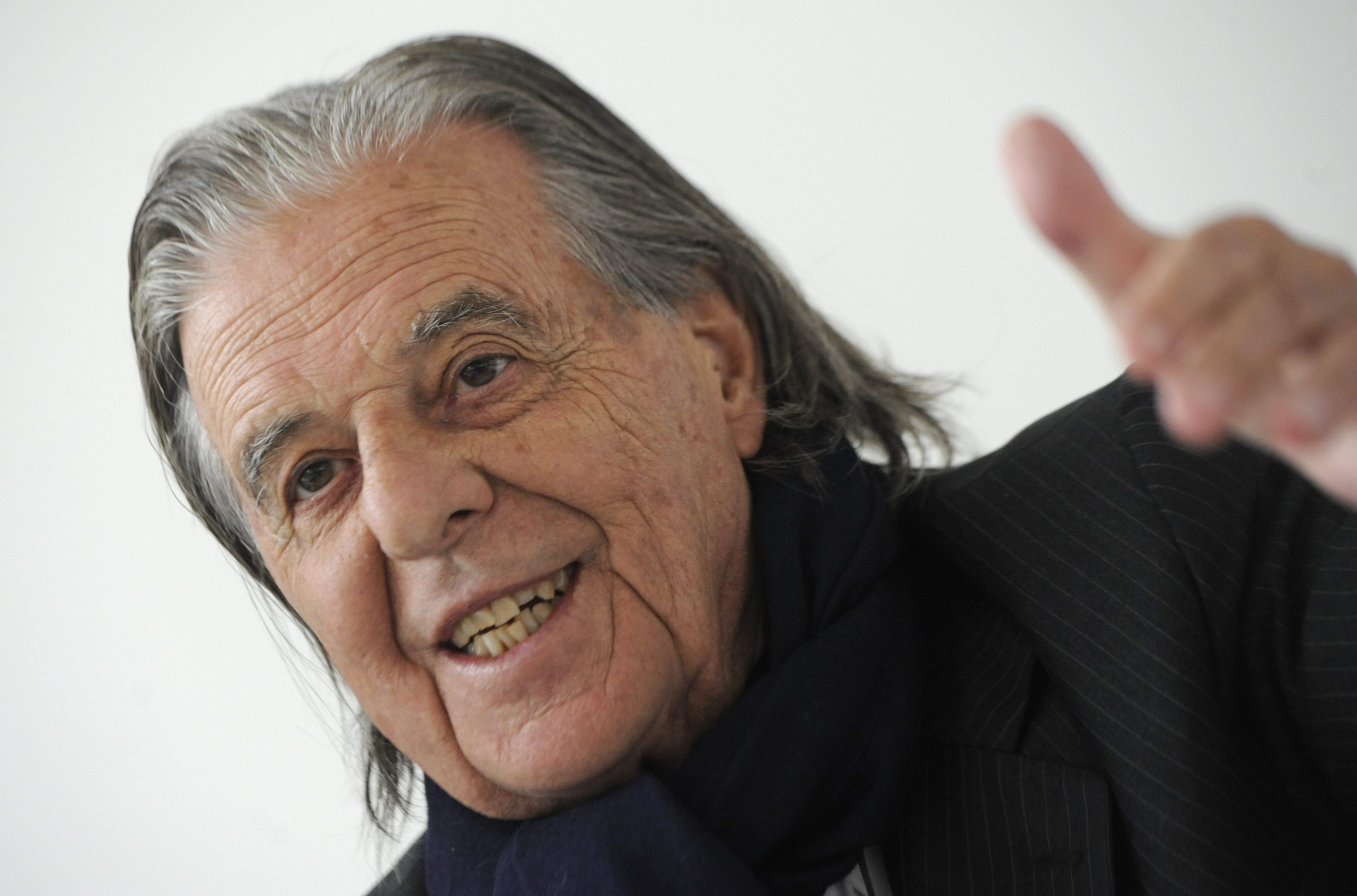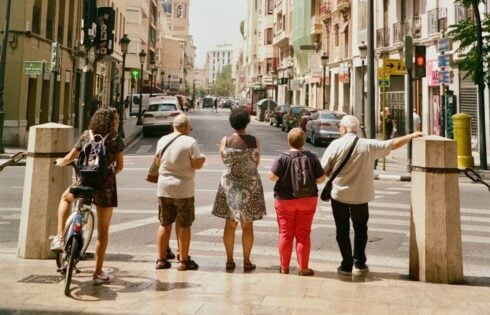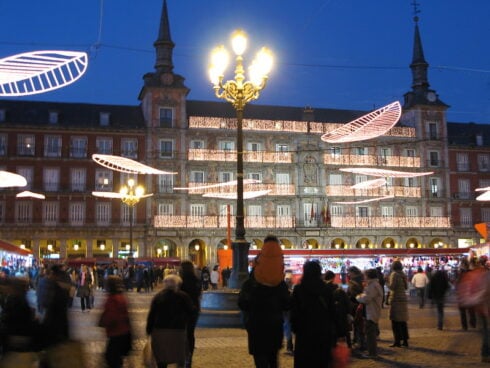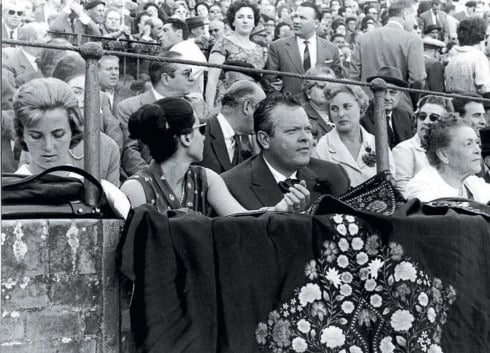RICARDO BOFILL died aged 82 last month, a year before Calpe made 2023 the ‘Bofill Year’ to celebrate his remarkable creations and he was set to get a Spanish national stamp.
The Catalan was one of the most celebrated architects of the 20th century and a pioneer of the style that came to be known as postmodernism.

Photo: creative commons licence.
Like Richard Rogers or Norman Foster his influence has been vast. When Netflix released Squid Game, which would become the most watched series in its history, many viewers noticed an uncanny resemblance between the striking staircases patrolled by masked guards and one of Bofill’s most famous works La Muralla Roja (The Red Wall) on the Costa Blanca.

Just three months ago, Calpe City Council formally declared that 2023 would be “Bofill Year” and in January, the council submitted a request to have a postage stamp issued to mark the 50th anniversary of the Red Wall of Calpe.
His works proved divisive, being panned by his detractors as ‘kitsch and gaudy’ while praised by his fans, with many saying they ushered in a new era of modern architecture.

He was also noted for his focus on designs for social housing, with his son declaring that his objective was ‘to demonstrate that at a modest cost you can build social housing where every floor is different, where people don’t have to walk down endless corridors, and where different populations can be part of one community.’

Bofill was born just as the Spanish Civil War ended. Imbued by deep anti-fascist leanings, he was arrested in 1958 while at university for taking part in protest against dictator Franco, culminating in his expulsion from Escola Tècnica Superior d’Arquitectura de Barcelona.

Frequently drawing the ire of the powerful, his proposal for a revolutionary new housing project in Madrid with striking colours and a succession of turrets led the then fascist mayor to tell him he would never again be commissioned in Spain.
He found favour elsewhere and in Paris, he secured a position to redesign the celebrated markets in Les Halles only to be later fired by future French President Jacques Chirac just as the project was getting underway.

Art critic for The New York Times Paul Goldberger said in 1985 that Bofill’s gift to France was “to be able to unite the French instinct toward monumentality, which has lain dormant since the days when the Beaux-Arts ruled French architecture.”

He turned his attention to glass and steel With projects including the 77 West Wacker Drive office tower in Chicago and an extension of Barcelona Airport for the 1992 olympics.

The jewel in the crown of his works, La Muralla Roja, was completed in 1973 and was heavily influenced by North African Kasbahs.

In 1996, The National Theatre of Catalonia which he designed opened its doors. Likened to a mausoleum or an ancient Greek temple, it has since become an integral bastion of Catalan culture.
In 2009 he completed The Four Bars of the Catalan located in the Plaza Rosa de los Vientos in Barcelona, a homage to the Catalan flag.
Never losing his passion for work, he lived by his adage: “Architecture is the victory of man over the irrational.”
READ MORE:
- Iconic ‘Red Wall’ building on Spain’s Costa Blanca to be celebrated in 50th anniversary year
- SQUID GAME: Did Netflix drama take a cue from iconic housing estate in Calpe on Spain’s Costa Blanca?
- One of last designs of famous architect Richard Rogers to be built in Spain’s Basque Country
Click here to read more News from The Olive Press.








